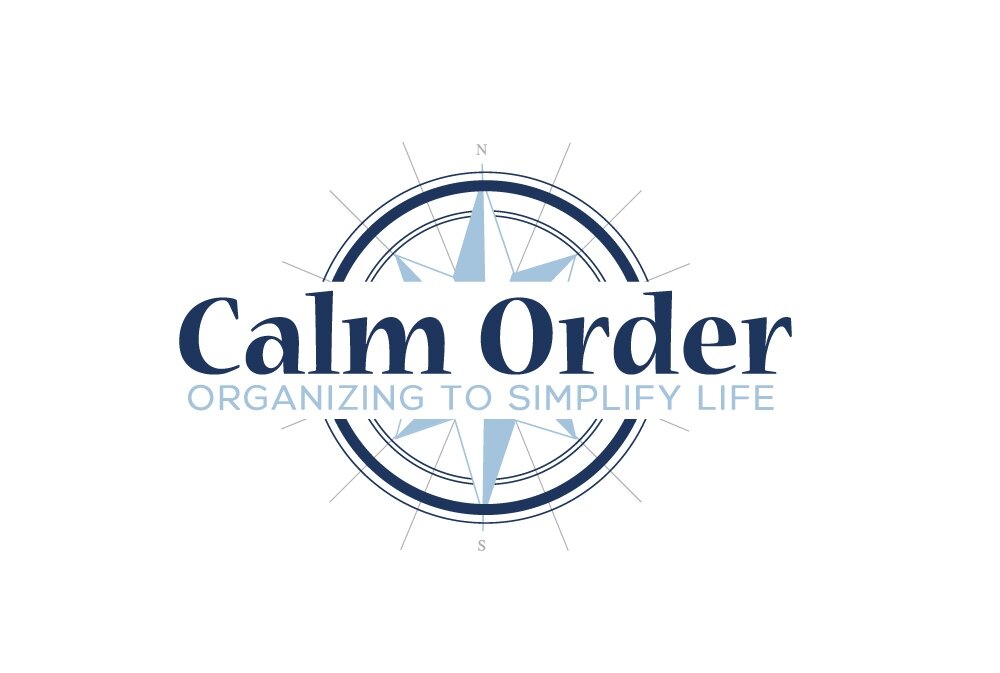Adding organized storage solutions to your shed doesn’t have to be an expensive undertaking. There are many do-it-yourself storage options that use items you may already have to keep your shed organized. Below, we’ve found some easy to use and easy to assemble organized storage solutions for your shed:
- Bucket hose storage: This idea seems so simple and practical that it may make you wonder why you never considered it before! If you have an old bucket or an extra one that you don’t use, you can attach it to the wall or door of your shed, and use it to keep your hoses from tangling. The bucket also provides extra storage for smaller items inside the centre. Make sure that the bucket is strongly secured onto the wall or door so that it will support the weight of the hose.
- Bungee cords: Who knew bungee cords could be so versatile? Use these cords to hold in place taller items like shovels, brooms, rakes, support stakes, and lumber. Simply attach two cords to two studs or two hooks on the walls of your shed to create an easy to access storage space. More or less bungee cords may be needed to hold in your items, depending on what you are storing.
- Wicker baskets: For this storage solution, you can use an old bicycle basket, or an inexpensive wicker basket from a craft or dollar store. These small baskets can be used to hang on a shed door or wall to store smaller items and keep them organized. Gloves, seeds, and small garden tools, like trowels, can be stored in these baskets. By using small baskets, it is easier to keep the items stored and organized, and prevent you from cluttering up the basket with multiple items. These baskets are perfect for small, regularly used items.
- Mason jar hanging storage: This storage method is also popular for storing spices in kitchens and pantries, but it can also be used to store seeds, screws, twine, and other smaller items in a shed. Simply attach mason jars or clear plastic jars (which may work better as there is no potential for broken glass) by the lid onto the bottom of a shelf or a cupboard, and then unscrew the jar from the lid to access the items you need. This will utilize hanging space you have under any cupboards or shelves, and allow you to easily use and get to the items when you need them.
Storage can be made simple in your shed by using items that you already own, or by using easy to purchase and cost-effective items from your local hardware, craft, or dollar store. When finding a storage solution for your shed, make sure that it will work with the space and the items you have, and adapt it to best fit your needs. Not every storage solution will work for everyone, so plan your storage for the items you have and the way that you use them.












